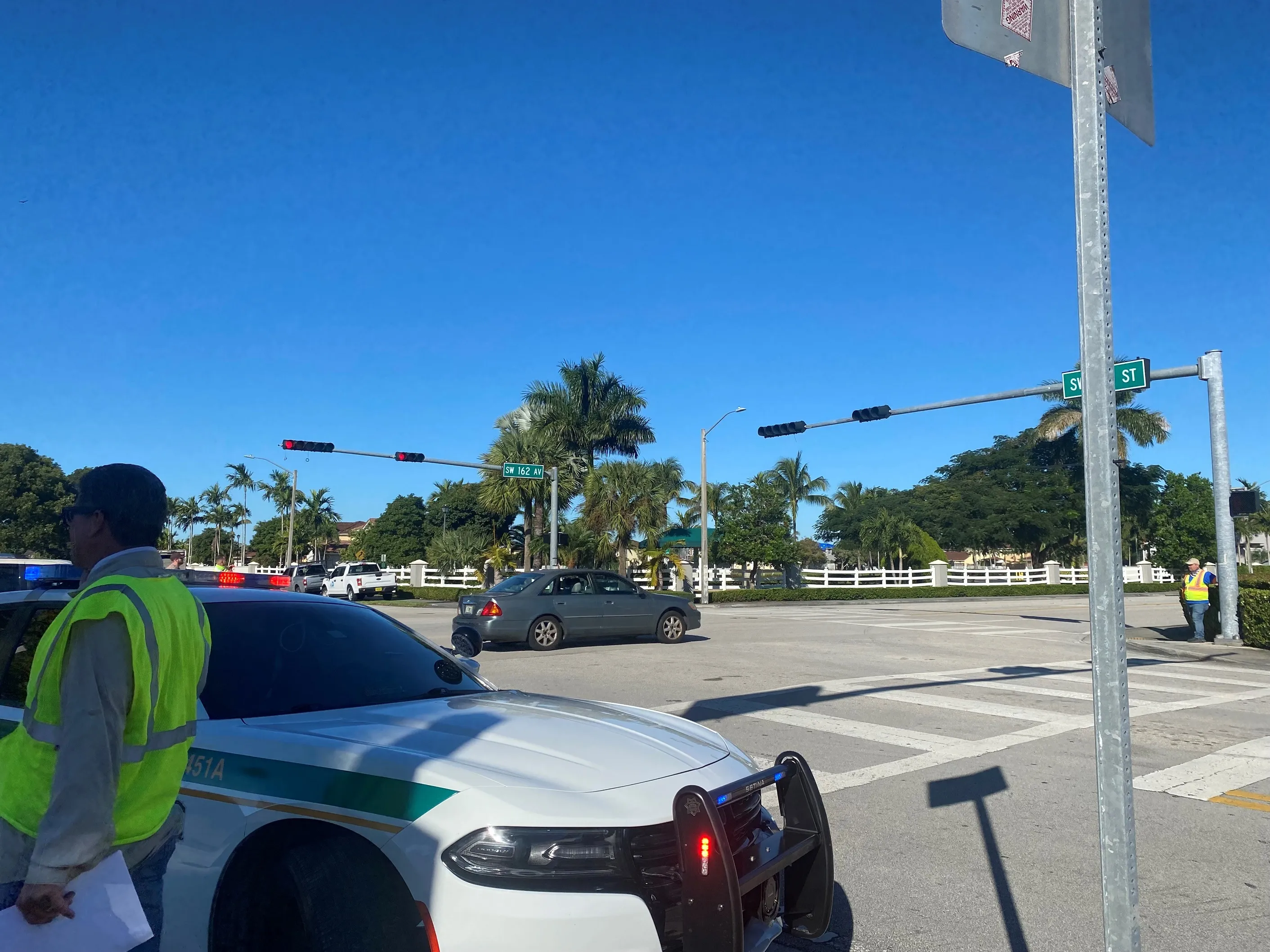
The need to provide communications to traffic signals throughout LA County resulted in the Department of Public Works appointing
Cost benefits
Wireless radio installation reduced both the set-up and operating costs for signal communication while also assisting the County's goal to reduce traffic problems for the travelling public.The County of LA estimates that utilisation of Proxim's wireless technology to connect the 1,000 traffic intersections saved its ITS programme $7 million in costs over traditional copper or fibre-optic installations. Additionally, the County of LA estimates that the use of Proxim's radios will save it $708,000 annually as against the cost of leased telephone lines.
The County's Traffic Management Center (TMC), located in Alhambra, is a high-tech facility which combines multiple technologies and software systems. The primary purpose of Proxim's broadband wireless communication system is to provide communications for the County's
Combined, these systems have enabled County and City staff to monitor traffic signals, react in real time to traffic problems and if necessary, adjust traffic signal timing from the TMC to relieve congestion for commuters through more than 30 cities in LA County. To date, LA County has seen a 20 per cent reduction in commute times in the covered areas, as well as an estimated 15 per cent reduction in pollution due to reduced idle times for vehicles at red lights.
The Department of Public Works rewarded SI with the Phase 2 implementation of this wireless communication system project in September 2007, with a contract valued at $6.9 million. To date, the project has equipped over 500 intersections with Proxim's Tsunami MP.11 point-to-multipoint radios and will provide communications to approximately 500 more intersections.
PROJECT:
• Los Angeles County wireless traffic monitoring and management system
COST:
• US$6.9 million
• ROI: Immediate $7 million savings in capital expenditure, plus monthly savings of $708,000 in leased line costs
BENEFITS:
• Significant up-front cost reduction by using wireless connections over wired alternatives (fibre or copper)
• Substantial reduction in the time of deployment
• Ease of remote management and synchronisation for all interconnected intersections
• 20 per cent reduction in commute times throughout the covered areas
• Major environmental impact with an estimated 15 per cent decrease in pollution by reducing idle times at red lightsOverall, more than 1,200 point-to-multipoint radios will be deployed for 1,000 traffic signalised intersections across the County. Approximately 30 of the signalised intersections will be equipped with one or more video cameras to enable remote monitoring of traffic flow.
The cameras will also supply needed data from the intersection to enable remote adjustment of traffic signal timing if appropriate for flow optimisation.
"The ability to deploy a wireless communications network for monitoring the operation of 1,000 traffic signals is a huge enabler of productivity for LA County, and will go a long way towards the County's goal to reduce congestion and enable real-time traffic signal monitoring," says John Holbrook, General Manager of SI.
As a result, we have used Proxim's equipment exclusively throughout this deployment."










